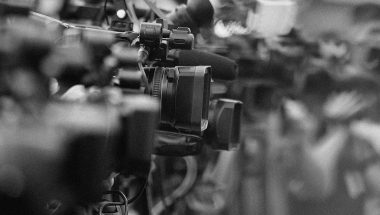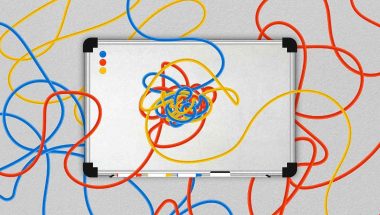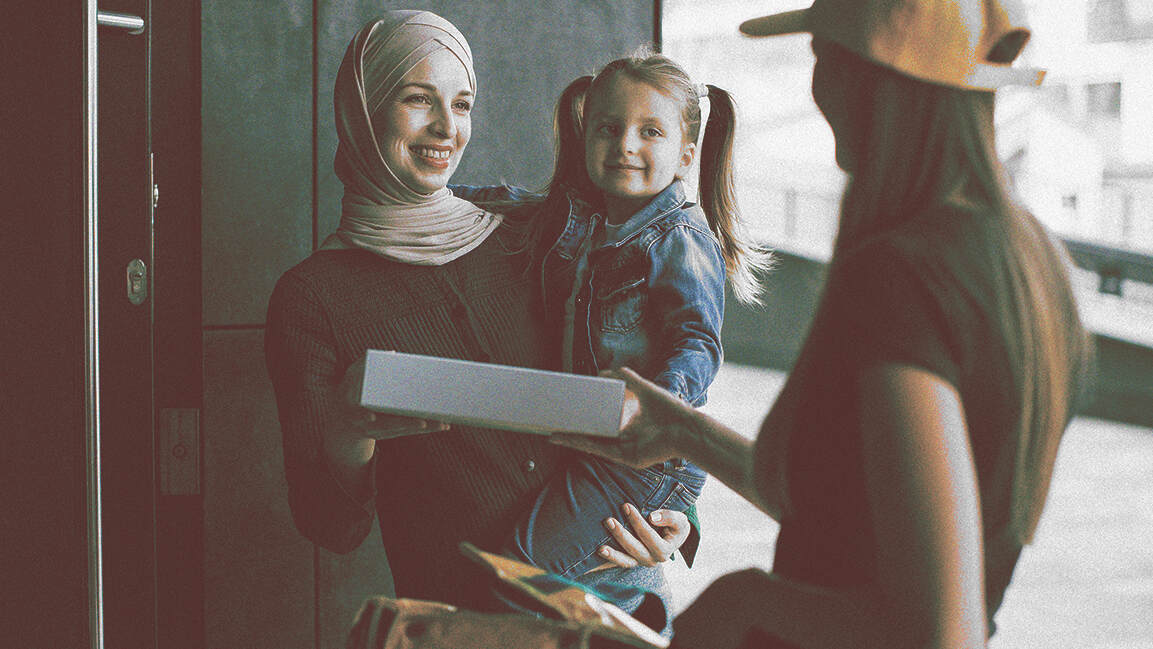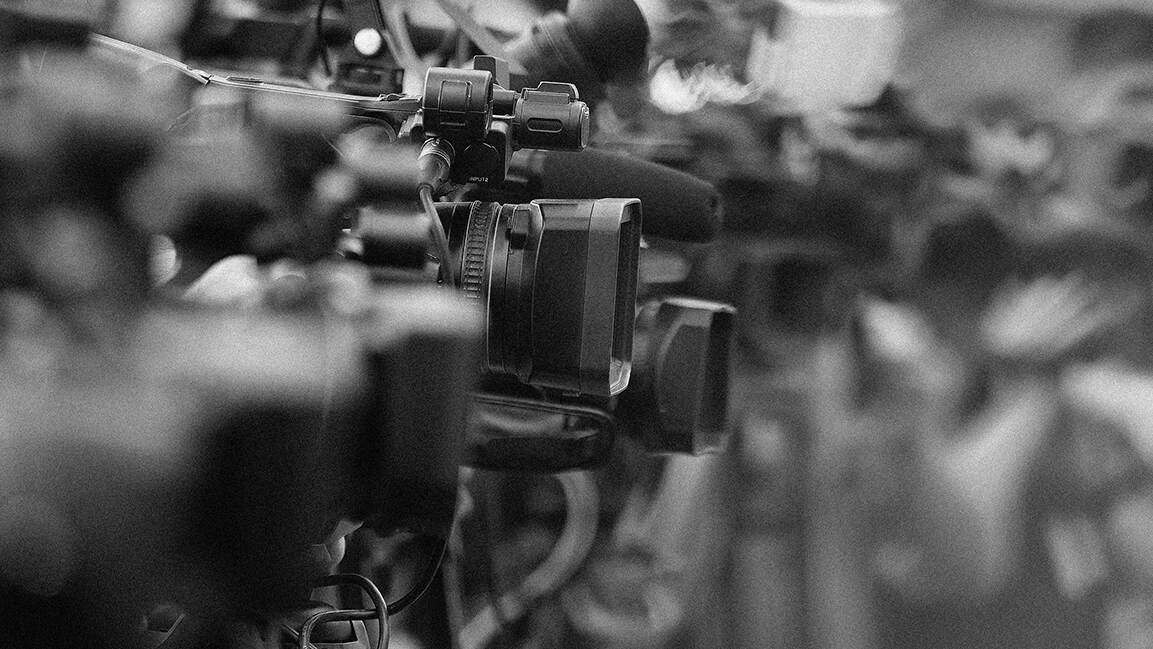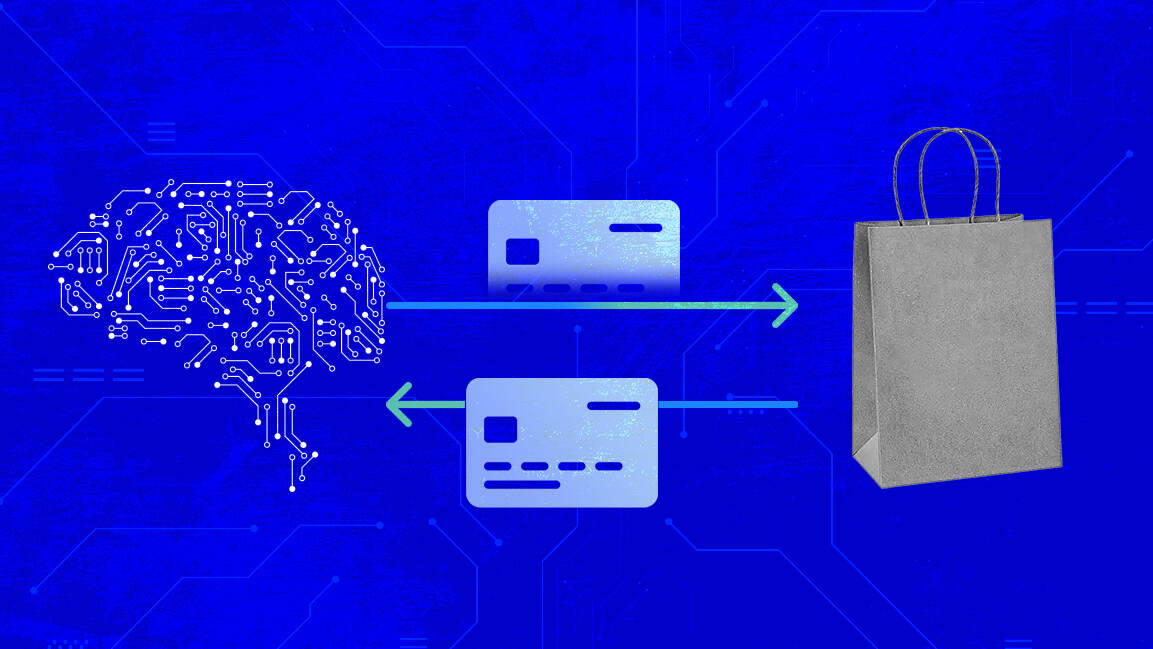- | 8:00 am
This is what Gen Z thinks about their coworkers’ emoji use
How can different generations avoid misunderstandings at work? Experts (and Gen Zers) weigh in.

The sneezing emoji doesn’t actually mean you’re sick––at least not anymore. Mallori Albright, 25, thought her millennial coworkers would know that.
A public relations coordinator at Kate Spade New York, Albright and her team were analyzing an influencer’s caption that included the sneezing emoji. This choice confused her millennial team member, so Albright explained that the sneezing emoji now conveys “That’s sick!” or “That’s good!” She’d picked up on the lingo from Gen Z creators on TikTok and quickly realized that, even with just a few years between herself and her coworkers, their understandings of emojis definitely differed.
Emoji use exploded in the 2010s. With their incorporation into Slack, Microsoft Teams, and more, this pictorial language became a popular mode of workplace communication. But much like language itself, emojis have different meanings depending on who is using them.
Ella Glikson is an assistant professor at the Graduate School of Business Administration at Bar Ilan University who has studied how emojis impact perceptions of leaders. She said that industry and gender, for instance, play large roles in what emojis are deemed acceptable at work. For instance, Glikson says IT workers might be more comfortable using emojis at work than finance workers, and women might prefer to keep communication more formal with male managers.
A person’s age strongly impacts what meaning they attach to certain emojis, says Anne Framroze, a lecturer at the Annenberg School for Communication at the University of Southern California. “Each generation has their own norms and styles of expression, ones that fit and reflect their values and belief systems. In the workplace or elsewhere, such emoji use can cause misunderstandings,” Framroze says.
This presents both a challenge (and a learning opportunity) for communicating effectively at work, particularly as the pandemic meant more written communication, with more opportunities for miscommunication. Is the laughing emoji now aging millennials? Is the thumbs up emoji passive aggressive? Is that a prayer hands emoji or a high five?
Gen Zers, in particular, have had to navigate these nuances as many begin their careers in hybrid or fully remote work environments. We talked to members of Gen Z about their emoji preferences, how coworkers use emojis and how to avoid misunderstandings with them at work.
WHY EMOJIS CAUSE CONFUSION
A survey from Duolingo and Slack found that 74% of respondents have experienced a misunderstanding with an emoji. Twenty-five percent of respondents use the crying emoji to express tears of joy, and another 25% use it to express they were upset. The kissy face emoji is even more versatile (and thus confusing): Some say it stands for general affection, others say platonic love, and still others say romantic love. It’s easy to see how this could go terribly awry in a work context.
Certain emojis generate particularly strong feelings, like the “corporate smiley face,” particularly the one on Microsoft Teams: a lipless, wide-eyed smile that one TikTok user said “stares into [your] soul.” (Even Microsoft’s own TikTok account commented, saying “confession: sometimes when we send the smiley face we are actually not smiling at all.”)
For younger employees, these nuances seem to carry particular weight. Jonathan Sweeney, 23, remembers in his former roles and now as a production assistant at Spectrum when older coworkers have written “Okay” with a period, sans emoji or any effusive punctuation.
“I’m thinking, ‘Are they mad at me? What’s going on? Are they having a bad day?’ Then I’ll see them and they’ll be like, ‘Hi Jonathan’ in the most upbeat tone,” Sweeney says. “I feel like Gen Z and younger millennials have kind of adapted that just to make sure that they’re articulating everything they want [to] in the same tone that they would speak in.”
These varying communication styles and differing interpretations can lead to miscommunication and even faux pas. Some emojis, however, are almost universally shunned from the workplace; an informal poll on Fast Company’s Instagram found nearly unanimous disapproval for the peach and tongue emoji at work. But in between the peach emoji and the standard smiley face, there’s a wide range of emojis that should be carefully considered before you send them to a coworker.
HOW TO AVOID MISCOMMUNICATION
Ashley Scott, 24, is an e-commerce coordinator at Hermès and finds herself communicating with older managers like she would with her parents or grandparents. “With them, I wouldn’t use the winky face––I’d use the smiley face. I know with my parents, they’ll be like, ‘What does that mean?’” Scott says. “You kind of have to speak to the generation you’re talking to.”
But for Greg Stretton, 23, seniority matters more than age when choosing emojis. He’s a software engineer for a robotics automation company in the U.K. and would never use an emoji with senior leadership. Even in his comfortable work setting (complete with a Slack channel dedicated to pictures of people’s cats) that just wouldn’t fly.
Many of the Gen Zers said they take cues from their supervisors and coworkers to gauge which emoji, if any, to use. “The most important part is matching their energy,” Sweeney says. “[If] they feel comfortable enough using the laugh emoji with me, I can use it vice versa. We have that kind of relationship. But if they don’t use that, I’m not going to use it back.”
Many of the nuances of this workplace communication are facilitated (and limited) by the emojis of each respective platform. At Stretton’s old company, they moved from Slack to Teams, and he suddenly lost many of the emojis and automations he was accustomed to. “It was like burning [company] culture,” Stretton said.
And yet, fewer emoji options may mean fewer opportunities for miscommunication. Sweeney and Scott use Webex and Teams, respectively, at their companies and say these programs have made their company’s emoji use much simpler. For Scott, that means generally sticking to hearts and smiley faces.
Framroze recommends using restraint with more formal communication. “You don’t have to attach a smiley face every time you type something, and sometimes emoji can seem gratuitous,” she says. “You can also offer clarifying language so there is no confusion about what you mean when you send an emoji. Use the emoji as a supportive mechanism unless you are conversing with someone who you know very well.” For instance, a “Totally agree!” accompanying that thumbs up emoji would quash any fears of passive aggression.
That said, creativity can––and should––still abound, Glikson says. “When people communicate remotely, they need to have fun with each other, especially when they don’t meet face to face,” Glikson says.
At Hermès, Scott and her coworkers will use orange hearts in honor of the brand’s signature color. At Stretton’s robotics company, the flexing mechanical arm is a go-to. At Kate Spade, Mallori and her coworkers might use the hot face emoji to react to the brand’s newest TikTok, meaning “That content is so hot! Love it!” Starting her job remotely, she says her coworkers’ personalities came through in their emojis and this helped her get to know the team.
Emojis are tools of expression that do have the power to enhance workplace communication when used appropriately. But particularly when different generations and levels of seniority enter the mix, an extra layer of consideration and caution is crucial––without sacrificing the fun.
“There’s still a way to present yourself and there’s still a way to say, ‘Hey, I’m professional, but I can throw in a smiley face,’” Sweeney says.








